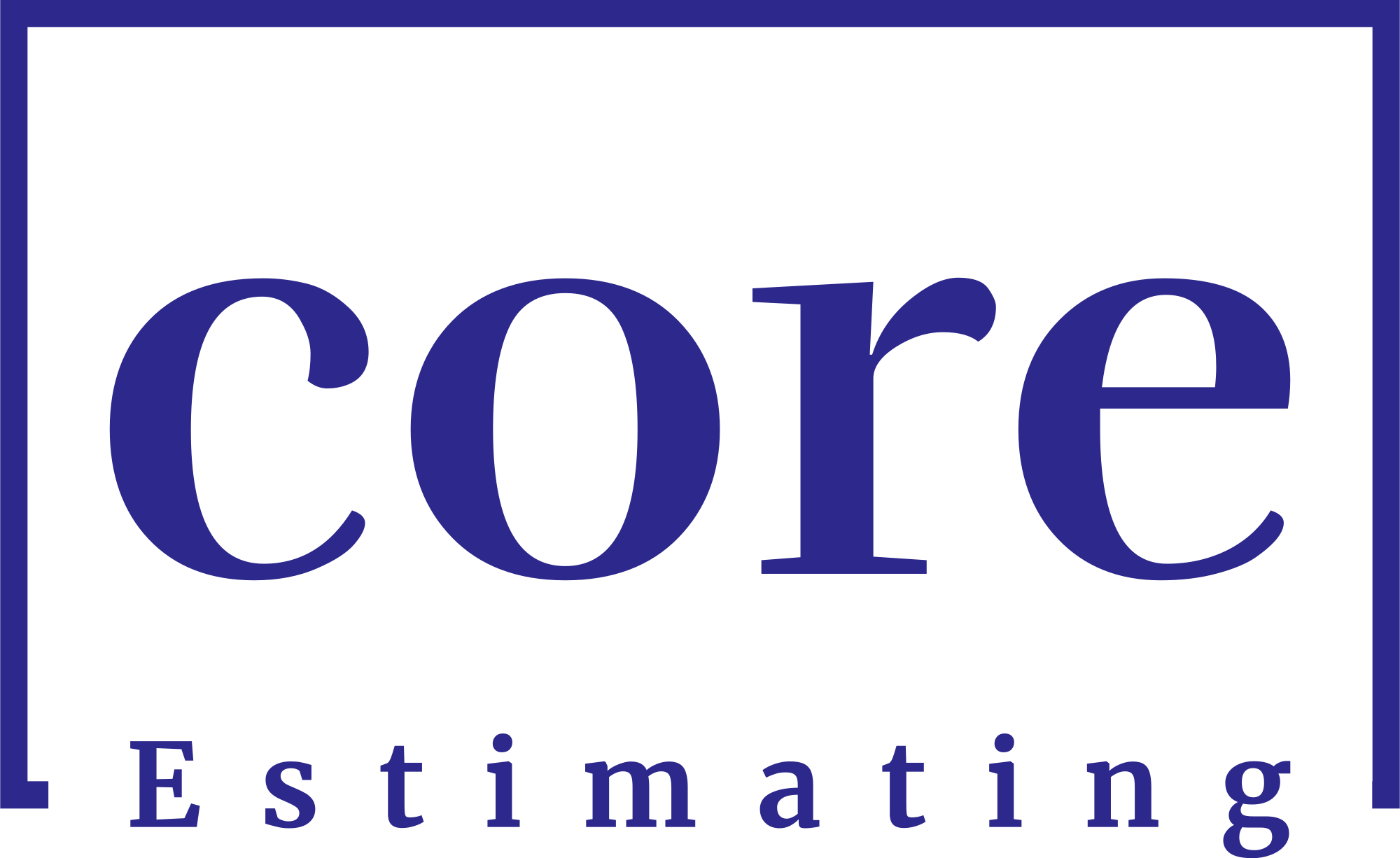Top-down estimating is a common project management technique used to establish high-level cost, time and resource estimates for large-scale projects. By taking this approach, project managers can quickly determine the feasibility of a project, identify potential risks and allocate resources accordingly.
In this article, we will explore what top-down estimating is in more detail. We will cover the benefits of using this method in project management, as well as provide practical tips on how to implement it effectively in your organization. Whether you are an experienced project manager or just starting out in the field, understanding top-down estimating can help you make better decisions and achieve better results.
Top-down estimating is a cost estimation method used in project management that begins at the highest level of detail and works its way down to the individual tasks. It’s a big picture approach, where you start with the end in mind and break it down into smaller, manageable components.
The Importance of Top-Down Estimating
Facilitating Early Planning
The primary advantage of top-down estimating is that it allows for early planning. By getting a rough idea of the total project cost at the start, you can prioritize tasks and align them with your budget.
Enabling Effective Budgeting
Another significant benefit is effective budgeting. With top-down estimating, you can assess whether the project is financially feasible before delving into the nitty-gritty details.
Streamlining the Allocation of Resources
Top-down estimating also aids in the efficient allocation of resources. By understanding the overall costs, you can assign resources more effectively, maximizing productivity and minimizing waste.
The Process of Top-Down Estimating
Identification of Project Scope
The first step in top-down estimating is to identify the project scope. This involves defining what the project will deliver and its boundaries.
Estimation of Project Cost
Next, an approximate total cost is estimated based on previous similar projects or expert judgement. This is the ‘top’ of top-down estimating.
Breakdown of Estimated Costs
Finally, this total cost is broken down into individual tasks or phases. Each task is given a proportion of the total budget based on its anticipated complexity and importance.
Advantages and Disadvantages of Top-Down Estimating
Advantages
Speed and Efficiency: Top-down estimating is quick and efficient. It’s perfect for getting a ballpark figure in the early stages of a project.
Simplified Decision-Making: It simplifies decision-making. By providing an early cost estimate, it helps decide whether to pursue the project or not.
Disadvantages
Potential Inaccuracy: The top-down approach can be less accurate than other methods. As it’s based on high-level assumptions, it may not consider all specific details.
Dependence on Past Experience: The accuracy of top-down estimating heavily depends on past experiences and data. It may not be suitable for unique or unprecedented projects.
In the real world, top-down estimating is often used in the early stages of project development. It’s particularly useful in situations where quick cost estimation is required, or the detailed information isn’t yet available.
Conclusion
Top-down estimating is an invaluable tool in project management. Despite its potential drawbacks, it provides a vital early estimate that guides the entire project. Understanding and using this technique effectively can make a significant difference in project planning and execution.
FAQs
What is top-down estimating?
Top-down estimating is a cost estimation technique used in project management, where the total project cost is estimated first, and then broken down into individual tasks.
Why is top-down estimating important in project management?
It’s important because it allows for early planning, effective budgeting, and efficient resource allocation.
What are the advantages of top-down estimating?
The primary advantages are speed and efficiency, and it aids in simplified decision-making.
What are the potential drawbacks of top-down estimating?
The drawbacks include potential inaccuracy and heavy reliance on past experience or data.
How is top-down estimating used in the real world?
It’s often used in the early stages of project development, particularly when quick cost estimation is required or when detailed information isn’t yet available.






